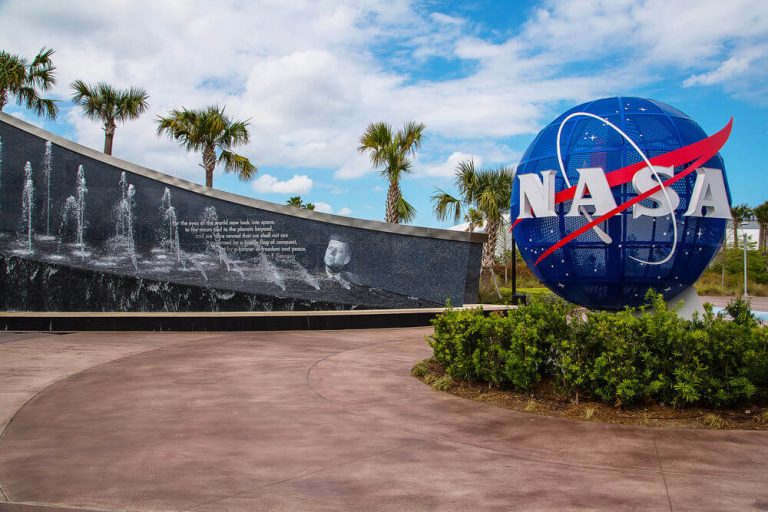quick look
- NASA is ending the $2 billion OSAM-1 project amid setbacks and delays.
- The project aims to extend the life of satellites by using a robotic arm to refuel.
- Shifts in the industry and a lack of committed partners contribute to the end of a project.
- Maxar Technologies is facing criticism for delays and increased costs.
- NASA is seeking to mitigate impacts on employees at Goddard Space Flight Center.
Launched into orbit with high hopes in 2015, NASA's Service, Assembly and Manufacturing 1 (OSAM-1) project aims to revolutionize space technology. Its goal was to refuel old satellites, thus extending their operational lives. This innovative project promises to save costs and reduce space debris by keeping satellites in use for longer periods. However, despite its potential, NASA announced on Friday that it would halt these efforts. An independent review highlighted “continuing technical, cost and schedule challenges”, which led to the project's unfortunate demise.
Spider Leap: Redefining Space Technology
The OSAM-1 project represents a bold step into the future. At the heart of this mission was the Space Intelligent Infrastructure Robot (SPIDER), designed to perform engineering work. SPIDER is tasked with opening fuel vents and unscrewing fuel caps in the vacuum of space, representing a major advance in robotics technology. Its primary mission was to refuel the Landsat 7 satellite, a task that was never intended when the satellite was launched in 1999. But as the space industry evolved toward satellites designed for refueling, the need for such a project began to diminish. Combined with the lack of a committed partnership, the importance of the project faced major challenges.
OSAM-1 cost rises to $2.05 billion: delays and uncertainties
Financial and contractor issues further complicated the OSAM-1 project. The cost of the project was initially estimated at $753 million, escalating to $2.05 billion by 2022. Maxar Technologies, which is responsible for delivering the spacecraft and the robotic arm, has faced criticism for delays and high costs. The contractor's “poor performance” strained its relationship with NASA and led to major setbacks for the project. With the spacecraft's delivery delayed by two years and SPIDER's ongoing delays, the feasibility of the mission is beginning to diminish. Maxar's admission of not benefiting from contract work points to deep-rooted problems in project implementation.
In response to these challenges, NASA has turned its focus toward mitigating the impact of the OSAM-1 cancellation on its dedicated employees at Goddard Space Flight Center. The completion of this ambitious project represents a poignant moment in space exploration, reflecting the complexities and evolving needs of the industry. Although the dream of refueling satellites in orbit has not yet been realized, the lessons learned from the OSAM-1 mission will undoubtedly shape future endeavors to expand human capabilities in space.

